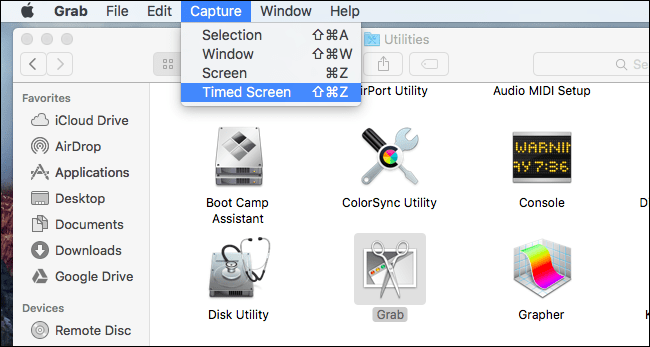What Is An Audio/Visual Receiver And Do You Need One?

An audio/visual (AV) receiver is a type of electronic device that acts as a central hub for all of your home entertainment needs. It combines the functions of a stereo amplifier, video processing unit, and multi-channel digital audio decoder into a single piece of equipment. But do you need one?
The answer depends on your home entertainment setup. If you have a simple sound system with only a few speakers and a television, you may not need an AV receiver. However, if you want a more robust and immersive audio and video experience with multiple speakers, a home theater system, gaming consoles, and other components, then an AV receiver is a must-have.
One of the main advantages of an AV receiver is its ability to decode and process surround sound audio formats such as Dolby Digital and DTS. These formats provide a more immersive audio experience, and an AV receiver is necessary to decode them and distribute them to multiple speakers. Additionally, an AV receiver typically has the ability to optimize audio and video settings to make sure that you’re getting the best possible performance from your system.
Another advantage of an AV receiver is its ability to connect multiple audio and video components. With an AV receiver, you can connect your TV, Blu-ray player, gaming console, and other components and switch between them easily. This eliminates the need to constantly switch cords and makes it easy to control everything from a single remote.
When looking for an AV receiver, there are a few key features to consider. First, make sure that the receiver has enough channels to support your speaker setup. For example, if you have a 7.1 channel speaker system, you’ll need a receiver with at least 7 channels. Additionally, look for receivers with support for the latest audio and video formats such as Dolby Atmos, DTS:X, and HDR.
Finally, consider the receiver’s power output. This is measured in watts per channel, and a higher wattage means that the receiver can deliver more power to your speakers. This will result in a more dynamic and impactful audio experience.






